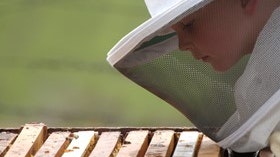Homepage
•
Learning Library
•
Blog
•
Let students do real science
Expand breadcrumbs
Expand breadcrumbs
- Learning Library
- Blog
- Let students do real science
- Homepage
- •
- Learning Library
- •
- Blog
- •
- Let students do real science








